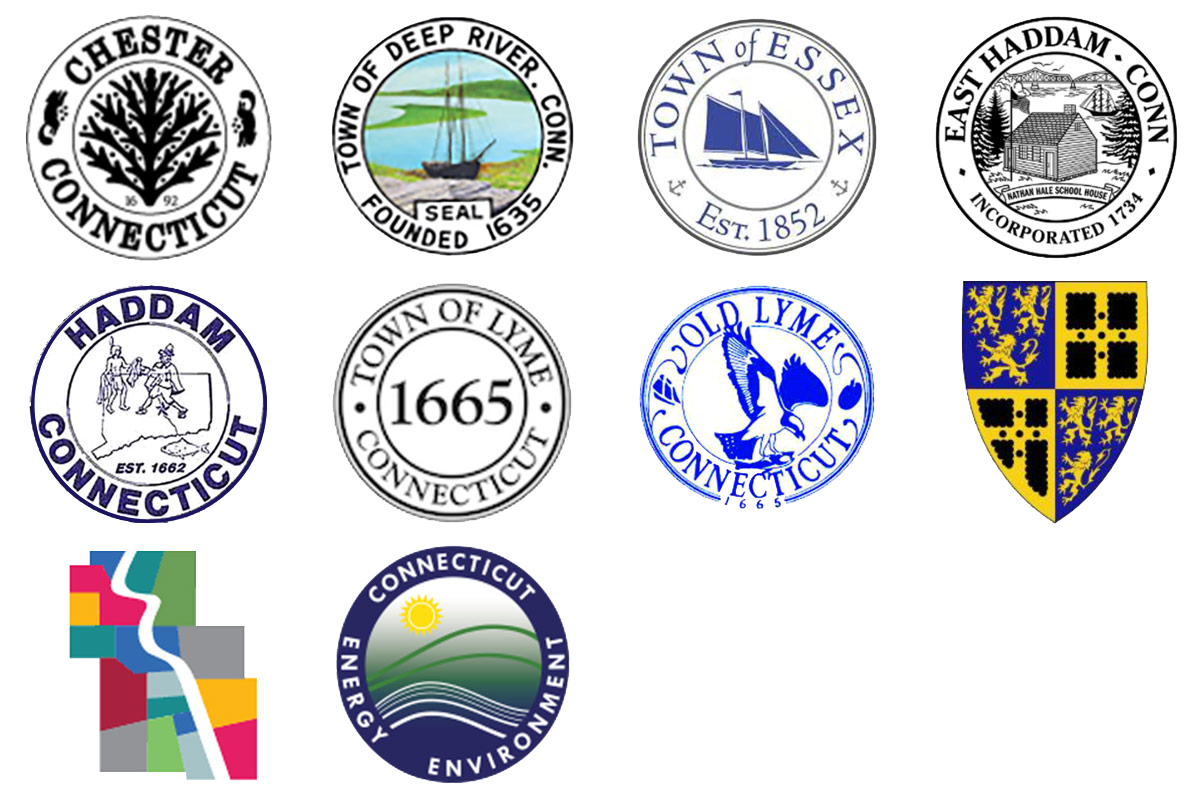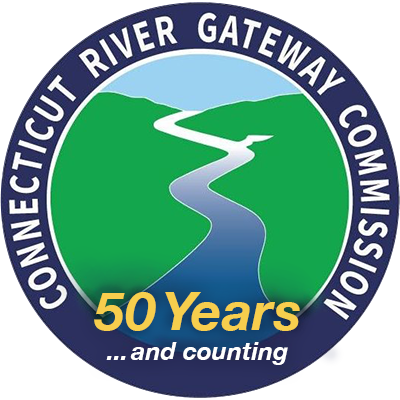About
Great Island Bedrock, Judy Preston
Who We Are
The Connecticut River Gateway Commission and its mission were established in law by the Connecticut General Assembly in 1973 through the following language:
“It is found that the lower Connecticut River and the towns abutting the river possess unique scenic, ecological, scientific and historic value contributing to public enjoyment, inspiration and scientific study, that it is in the public interest...to preserve such values and to prevent deterioration of the natural and traditional riverway scene for the enjoyment of present and future generations of Connecticut citizens...”. Section 25-102a, Connecticut General Statutes.
What We Do
The Commission's purpose is stated in Connecticut law:
“...The Connecticut River Gateway Commission shall have the object of regulating the uses of [properties within the Gateway Conservation Zone] consistent with the purposes of this chapter and promoting the protection and development [of the Conservation Zone]...by means of classification of zoning districts according to types of land usage permitted therein, land coverage, frontage, setback, design and building height and by regulating the cutting of timber, burning of undergrowth, removing soil or other earth materials and dumping or storing refuse in a manner that would detract from the natural or traditional riverway scene, provided such action shall not discourage constructive development and uses of such property...”. Section 25-102g
The pages in the index at right provide information on the Commission’s creation, its work and its partners in protecting the river.
About the Commission

A Shared Commitment to the River
The Connecticut River Gateway Commission, a regional “compact,” is comprised of two appointed members from each of the eight member towns, four “regional” members appointed by RiverCOG and a representative of the Connecticut Department of Energy and Environmental Protection’s Commissioner.
